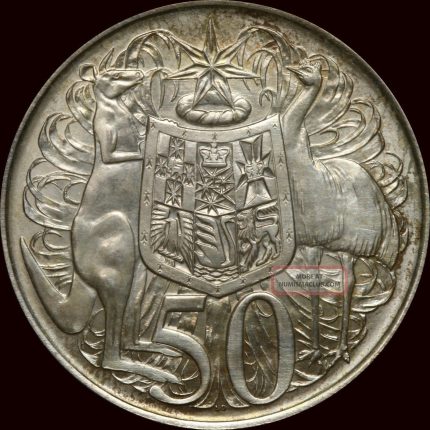The art of coin minting is a blend of tradition and legality, a process steeped in history yet bound by modern regulations. For those looking to enter this exclusive domain, understanding the legalities and procedures is paramount. Here’s a detailed guide on obtaining permission to mint coins.
Legal Authority Required
The right to mint coins is a sovereign power. Only nations possess the legal authority to issue currency that circulates as legal tender. Private entities must partner with a country to produce official coinage, as they cannot independently mint legal tender.
Licensing and Fees
Securing the privilege to mint coins comes at a significant cost. A license from the sovereign nation is mandatory, and the fees can be substantial—often running into hundreds of thousands of dollars annually. For instance, the U.S. Mint incorporates premiums over the precious metal costs for their bullion coin programs, reflecting the value of the authorization.
Application Process
The journey begins with a formal application to the national mint. This application is a dossier of your intent and capabilities, including:
- A list of specific coin designs and denominations
- Concept designs, drawings, models, or samples
- The intended production quantity
- Sales channels and methods
- Proposed pricing structure
The national mint will review your application, and if it meets their criteria, a licensing agreement is drawn up, detailing the terms and royalty fees.
Design Approval
Every coin tells a story, and its design is a narrative that requires approval from the issuing nation. Often, this means obtaining ministerial consent. The designs must adhere to strict guidelines to ensure they are reproduced accurately, maintain high quality, and represent the nation positively.
Intellectual Property Considerations
Creativity must be legal. If your coin designs incorporate third-party intellectual property, such as copyrighted artwork, separate licenses from the rights holders are necessary. National mints do not hold these rights, and thus, securing them is a critical step in the process.
Summary
Minting coins as legal tender is a complex process that involves formal approval, licensing, and adherence to a nation’s minting authority’s design, quality, and intellectual property standards. It’s a path that requires a deep understanding of both the craft and the law.
By navigating these steps with diligence and respect for the legal frameworks, one can achieve the honor of contributing to a nation’s monetary legacy. It’s a journey of precision, legality, and artistic expression, culminating in the creation of coins that are not just metal but a piece of history.
This guide provides a comprehensive overview of the steps involved in obtaining permission to mint coins, emphasizing the importance of each requirement in the process. It’s a valuable resource for anyone aspiring to become part of the esteemed circle of legal coin producers.
The application is then reviewed, and if approved, a licensing agreement is established outlining the terms and royalty fees.




